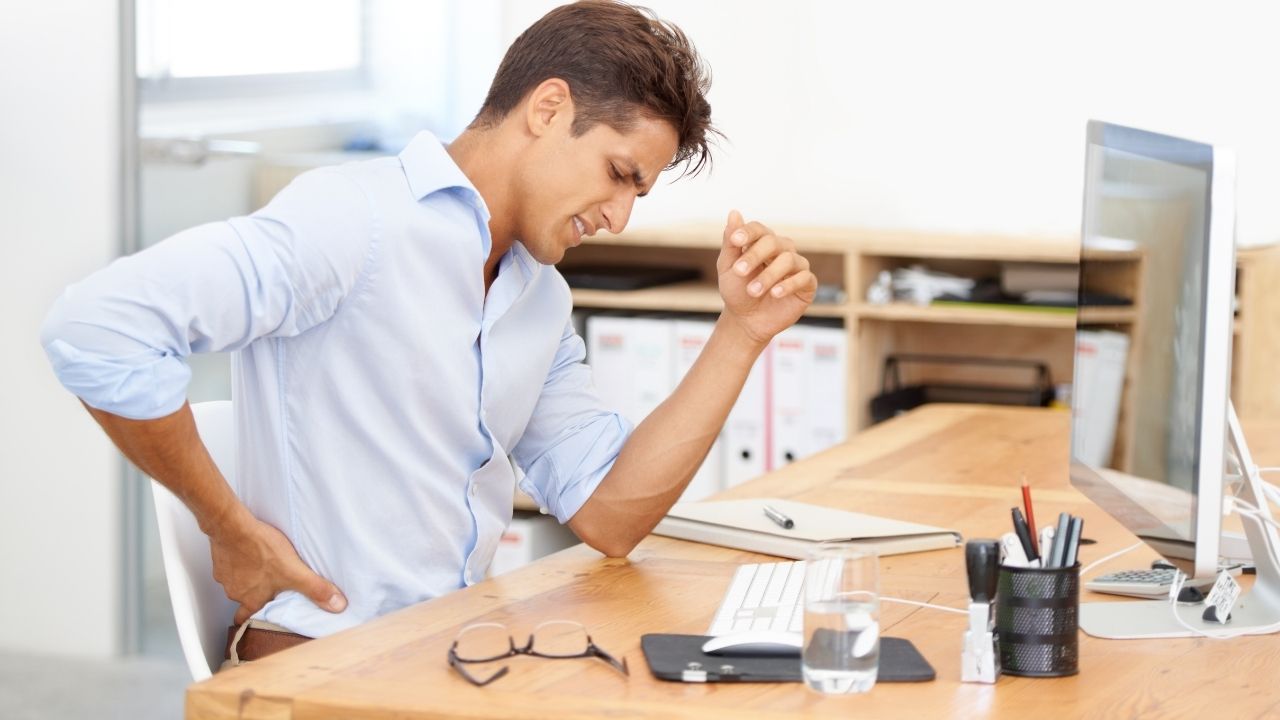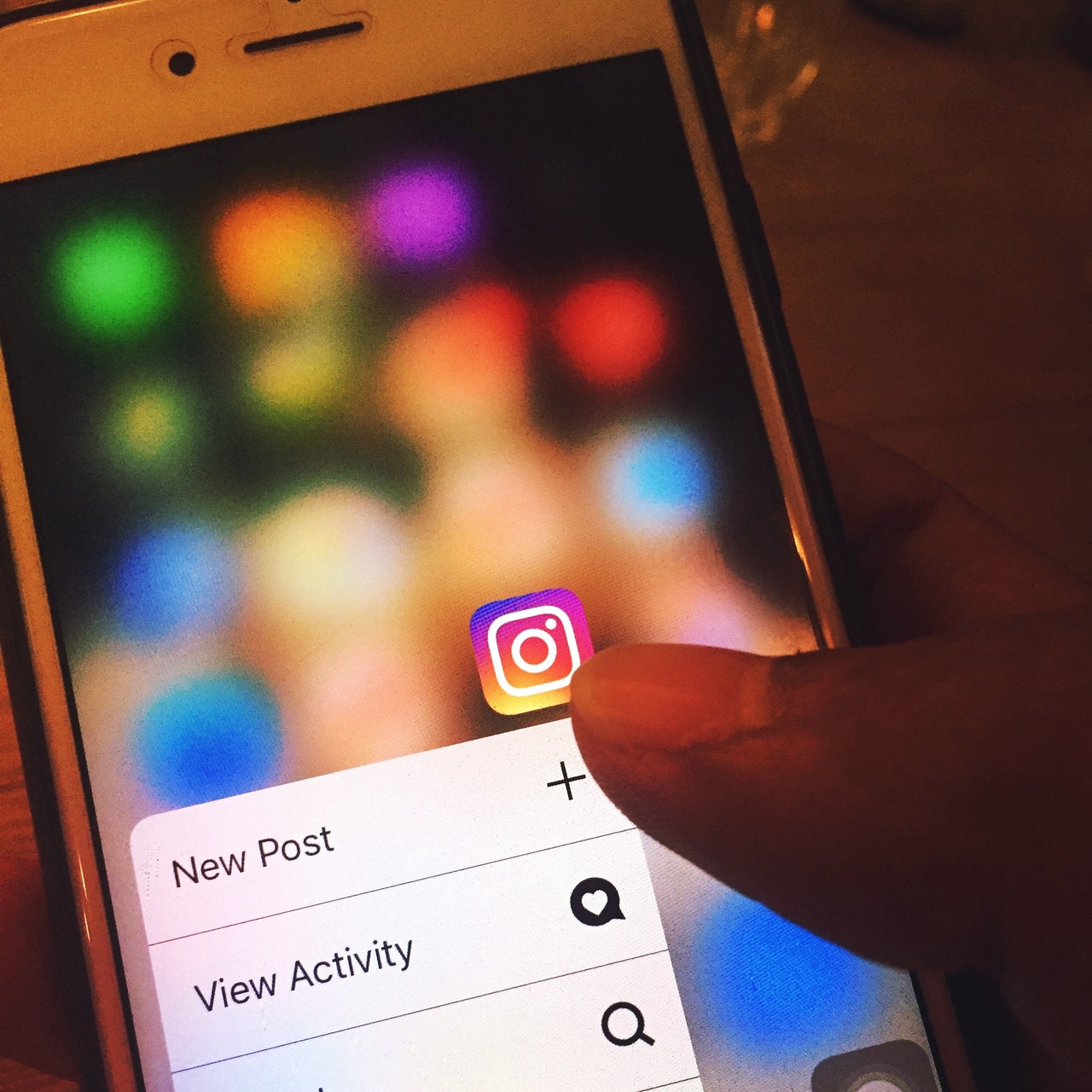It can be extremely debilitating trying to get through the day with butt pain. If you work in an office setting, this pain can significantly impact your ability to be productive.
Your buttocks are mostly made up of fat and gluteal muscle, which can be prone to injury and disease. More specifically, the buttocks are composed of three muscles: the gluteus maximus, gluteus medius, and gluteus minimus.
If you overstretch one of these muscles, it can tear, leading to swelling, tenderness, and stiffness in the buttocks. A myriad of conditions can affect your buttocks, from minor muscle strains to severe infections.
It can also feel embarrassing to address this pain. It is common to hear your coworkers gripe about back pain, but it can feel taboo to talk about pain in your buttocks.
You don’t have to suffer though; there are steps you can take to relieve your symptoms. Want to learn how to relieve butt pain? Keep reading below!
Causes of Butt Pain
Now, you may be wondering, “what causes butt pain?”
Well, one of the most common reasons for butt pain is bruising. You may think that you can only get bruises from serious injuries. However, you also get them from excessive sitting.
The black and blue color of bruises stems from damaged blood vessels beneath the skin. If you’ve been feeling pain in your buttocks, you should check for bruises in the mirror. If you’re constantly getting bruises, you may need to invest in a new chair or change your sitting habits.
You may also experience butt pain if you strain your gluteal muscles. This can be caused by exercising too much, a lack of stretching, or awkward, sudden movements.
A strain in your glutes will feel similar to a strain in your back or neck. If your muscles are strained, your buttocks may feel tight and restricted from movement.
If you have serious butt pain, it is also possible that you could have bursitis. This is a common ailment in which fluid-filled sacs known as bursae become inflamed. These bursae cushion the bones in your body.
Most people experience bursitis in the shoulder, hip, elbow, and knee areas. However, you can also have bursitis in your buttocks, which is known as ischial bursitis.
Symptoms of ischial bursitis include pain when you sit or lie down, pain that travels down the back of your thigh, and general swelling and redness.
Treatment Options
Most buttocks conditions aren’t serious, but some of them can require treatment from a professional. If your pain doesn’t go away within a few weeks, or if it worsens to the point that the pain is unbearable, you should visit a doctor.
You should also visit a doctor if you experience symptoms of numbness or weakness in your leg, trouble controlling your bowels or bladder, a sore that doesn’t heal, sharp or shooting pain, a fever of 104°F (40°C) or more, or pain that you only feel when moving.
If your primary care provider cannot treat your condition sufficiently, you may want to visit a rheumatologist or orthopedic specialist. If you have bad inflammation, you may need corticosteroid injections to bring down the swelling.
Your doctor may also recommend physical therapy to strengthen the muscles around your buttocks and increase your range of motion. In the worst case scenario, you may need a procedure to drain a cyst or abscess in your buttocks or to repair a damaged disk or joint.
Avoid Sitting Too Long
One of the most common reasons that people experience butt pain is because they sit for too long. If possible, you should limit the time that you spend sitting. This is when the most amount of pressure is exerted on your buttocks..
Sometimes, you can’t help how long you sit in a given day. If your job requires you to stay seated for hours on end, try to take breaks from sitting periodically.
Every half hour or so, take a moment to stand up and give your buttocks a rest. You don’t have to go into an all-out yoga session. Just allow your butt to breathe from time to time.
If sitting is too painful for you, you may want to get a standing desk. Standing desks are great because they give you the option between sitting and standing. Instead of staying in a single position throughout the day, you can switch back and forth.
If you choose to sit, make sure your chair allows for movement of the pelvis. This prevents your buttocks from getting stiff while sitting.




